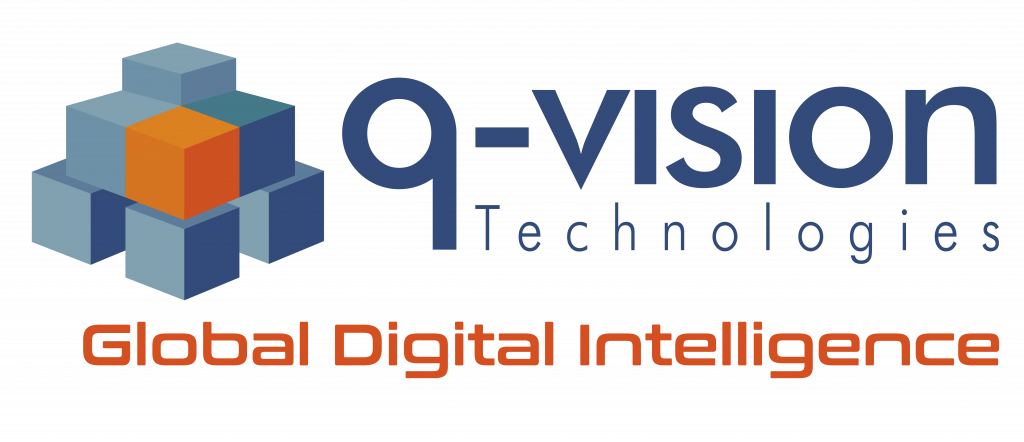The key to breaking the cycle of unfinished pilots isn’t reinventing the entire operation, but rather identifying points in the product lifecycle where AI can deliver high returns without major redesigns. At Q-Vision, with IzyDev and IzyTesting, we’ve mapped out viable paths to transform critical technical tasks through AI across three fundamental areas:
1. Smart Task Estimation
By applying machine learning models trained on project histories, it’s possible to generate precise estimates of development times, team workloads, and potential friction points. This reduces uncertainty, improves resource allocation, and speeds up decision-making in the early backlog stages.
2. Advanced Test Automation
Using AI to run large-scale unit and regression tests shortens testing cycles and minimizes human error. A recent Capgemini study (2024) shows QA teams applying AI in testing reduce cycle times by 30% and production defects by 25%. This not only improves product quality but also builds confidence in new releases.
3. Automated Traceability and Documentation
Generative language models (LLMs) enable the creation of technical documentation, design decision summaries, and automated reports. This traceability streamlines audits, validation processes, and technical onboarding, while reducing repetitive tasks that consume development team time.










